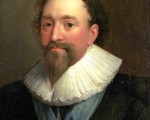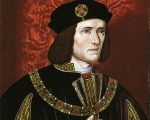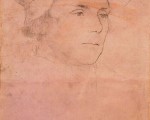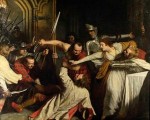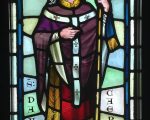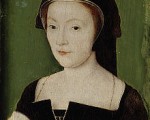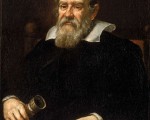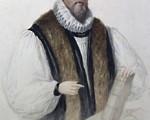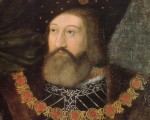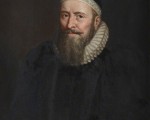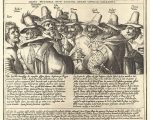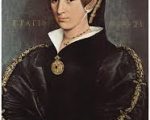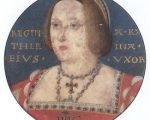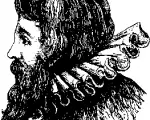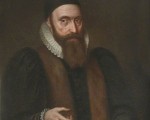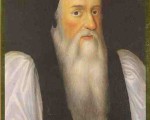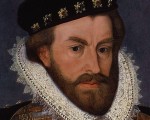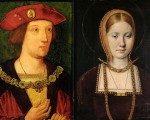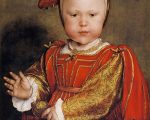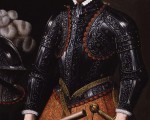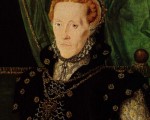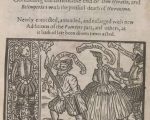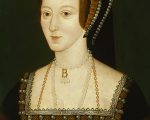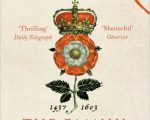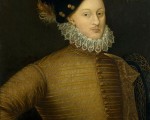
9th April:
1483 – Death of Edward IV at the Palace of Westminster. He was laid to rest in St George’s Chapel, Windsor Castle, on 20th April. His cause of death is unknown. It may have been caused by a chill, but he was known for overindulging in food and drink, and that would not have helped his health.
1533 – A delegation of the King’s councillors, headed by the Duke of Norfolk, visited Catherine of Aragon and informed her that Henry VIII was now married to Anne Boleyn. After they left, Catherine’s Chamberlain, Sir William Blount, 4th Baron Mountjoy, had to tell her that she had been demoted from Queen to Dowager Princess of Wales.
1557 – Cardinal Reginald Pole’s legatine powers were revoked by Pope Paul IV.
1582 – Death of Richard Bertie, evangelical, member of Parliament and second husband of Katherine Willoughby (other married name Brandon), Duchess of Suffolk, at Bourne. He had met Katherine when he became her Gentleman Usher. He was buried with Katherine, who died in 1580, at Spilsby.
1590 – Funeral of Ambrose Dudley, Earl of Warwick. He was laid to rest in the Beauchamp Chapel of St Mary’s Church, Warwick.
1626 – Death of Francis Bacon, Viscount St Alban, Lord Chancellor, politician and philosopher. It appears that Bacon died from inhaling nitre or opiates in a botched experiment.

